The full psychodynamic profile contains a 4 types of energy. However, it is not always necessary to identify the whole profile and it is enough to know which energy compensate/follows the leading one. That is why we list and describe only 6 main types of psychodynamics.
 1. Extraverted type (profile): Ego – Id and Id – Ego.
1. Extraverted type (profile): Ego – Id and Id – Ego.
The person is an obvious extravert. This quality is expressed in the active position and close interaction with the outside world, whether it is the desire of reconstruction and changing the surroundings according to personal needs or in constantly seeking attention and new experiences. Depending on what TPE is leading, the person compromises the desire to be in control over the environment with the desire to feel free from responsibilities to others and to act upon personal needs and impulses.
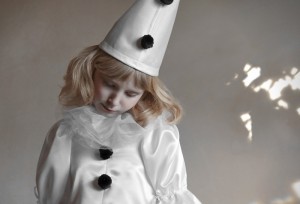 2. Introverted type(profile): Superego-Superid and Superid–Superego.
2. Introverted type(profile): Superego-Superid and Superid–Superego.
The person who is characterised by this opposition is inclined to solitude, prefers a small circle of familiar people for socialising as well as for work and a well-known environment. Depending on what TPE is leading, the person balances his/her inner drives between responsibility for oneself and for others. The desire to think and to worry about himself/herself, the desire to protect the sensitive inner world from the destructive influences of the outside world with the need to protect and to care for other people as well as to allocate sufficient time and attention to their needs.

3. Rational type (profile): Ego – Superego and Superego – Ego.
This opposition indicates the predominance of rationality or judgement in the behaviour of a person, in the style of his/her thinking. Depending on which TPE is leading, there is a need for compromise between the desire to control the immediate environment with the need for subordinating personal needs to the interests of other people.
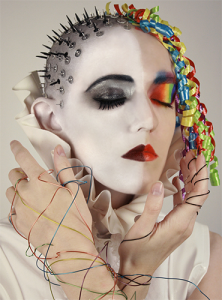
4. Irrational type (profile): Id – Superid and Superid–Id.
This person does not have an impulse to exert control over his/her environment and does not pay much attention to the opinion of the majority. The individual values his personal freedom highly and recognizes the right of others to express themselves freely. Depending on which TPE is leading, the desire to enjoy life and to take advantage of diverse opportunities is balanced with the need for self-preservation and protection from the unwanted influence of the outside world.

5.Static type (profile): Superego – Id and Id – Superego.
This opposition characterizes the person from the perspective of the dichotomy statics-dynamics. This person is balanced on the dichotomies of rationality-irrationality and introversion-extraversion. But the element of dynamics is not sufficiently expressed in the structure of personality, which is partly due to the stability of psycho-physical states, stability of mood and temperament. Depending on which TPE is leading, the person compromises between striving to enjoy life to the full and a strong sense of public duty and responsibility for other people.

6. Dynamic type (profile): Ego – Superid and Superid – Ego.
The element of dynamics is clearly evident in the structure of a dynamic personality, which is associated with mobility of nervous processes and changeability of mood and emotional states. This person is balanced on the dichotomies rationality (judging) – irrationality (perceiving) and introversion-extraversion. Depending on what TPE is leading, the individual compromises between the desire to exert control over his/her environment and the need to subordinate himself/herself to the will of others with the aim of self-preservation and self-interest.
Among the oppositions (profiles), dynamic and static oppositions are considered to be the most common oppositions because they characterise the psyche in a rather sufficient way. The mental block of a dynamic personality contains only dynamic functions while the mental block of a static personality contains only static functions with reference to both models – Model A and the Butterfly Model.
The dichotomy statics-dynamics is one of the three basic dichotomies which determine the Type of psychic energy. The other two dichotomies are extroversion – introversion and rationality – irrationality. If you have found the confirmation of any two of these dichotomies, you will be able to conclude upon the third automatically. In cases where you have found strong evidence for the third dichotomy being present in the psyche of the individual, you can refer with confidence to the particular TPE group. For example, if you have found evidence for such qualities as extraversion and rationality, you will refer automatically to the dynamics and the TPE Ego.
A special role in the model belongs to the dynamic opposition, which causes a sharp, powerful shift in the restoration of energy imbalance. At the basis of the development of the soul lies conflict, difference and opposition. The opposition of the Ego and Superid energies can be considered as a dramatic clash of two forces moving towards each other. The will of man as a rational human being ( Ego) resists the will of the irrational force of nature (Superid). By the force of nature, I mean the prevailing circumstances or fate.
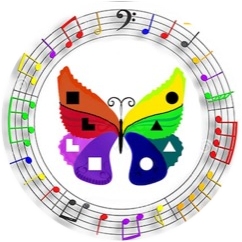



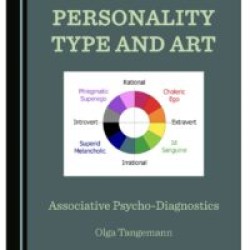
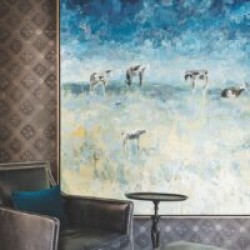

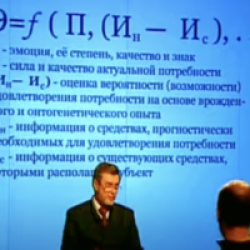
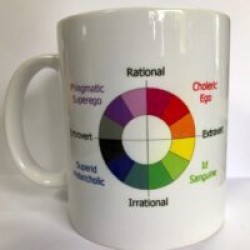
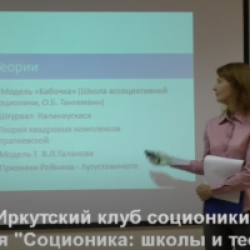
9 Responses
[…] Psychodynamic Profiles~ I'm going to go read a book now. I'm also going to have that coffee I never had. Reply With Quote […]
[…] ТПЭ профиль […]
[…] ТПЭ профиль […]
[…] О.Б. Профиль ТПЭ. [Электрон. ресурс]. – Режим доступа: http://socionics4you.com/post-1674 4. Тангеманн О.Б. Методика Ассоциативной […]
[…] 2) http://socionics4you.com/post-428 3) http://socionics4you.com/post-471 4) http://socionics4you.com/post-1674 Эти статьи являются более сложными для понимания. 1) […]
[…] либо выбрать самостоятельно подтип по описанию подтипного профиля либо пройти тест на подтип и невербальную […]
[…] типа – ИЛИ (Бальзак). Подтип ИЛЭ, Дон Кихот. Профиль ТПЭ — иррациональный был выбран по описанию самим клиентом. Оба профиля […]
[…] которые Вам необходимо прояснить для себя. 2. Психодинамический профиль оценивает сильные и слабые стороны с позиции основных […]
[…] Ассоциативная модель описывает следующие психодинамические профили: 1. Экстравертный тип: Эго — Ид и Ид — Эго 2. […]